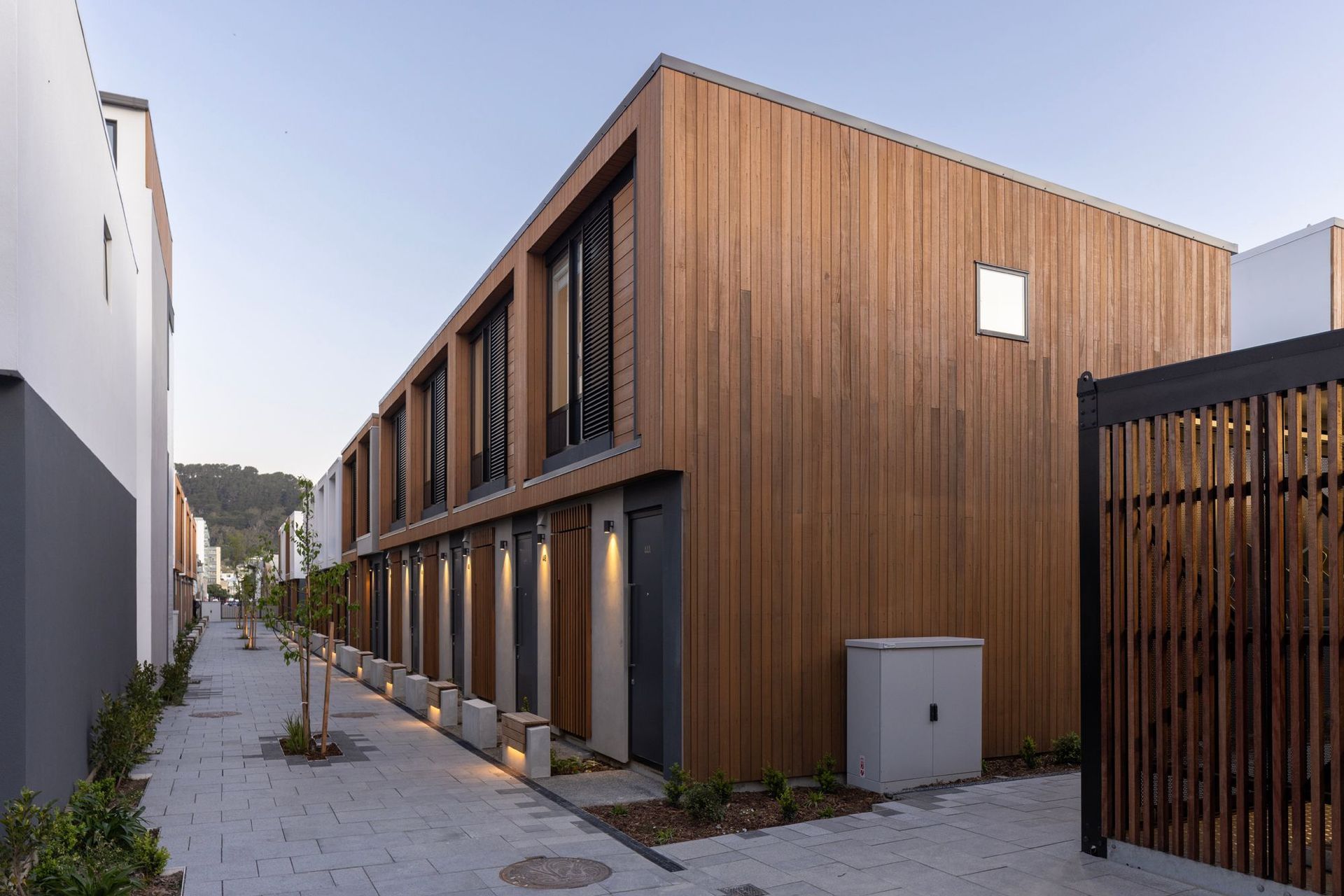Europe’s beloved thermally-modified timber now making waves in New Zealand
Written by
03 May 2023
•
3 min read

While the practice of modifying wood to increase strength and durability can be linked as far back as the Vikings, the development of modern processes is attributed to Finnish manufacturing in the 1980s. Since then, thermally-modified timber has become a popular cladding option in Europe, and is now garnering interest here in New Zealand.
There are a few different thermal modification methods, however, the core process involves heating the wood to between 160 and 230 degrees Celsius in absence of oxygen. This alters the cell structure of the wood, improving durability without the use of toxic chemical treatments.
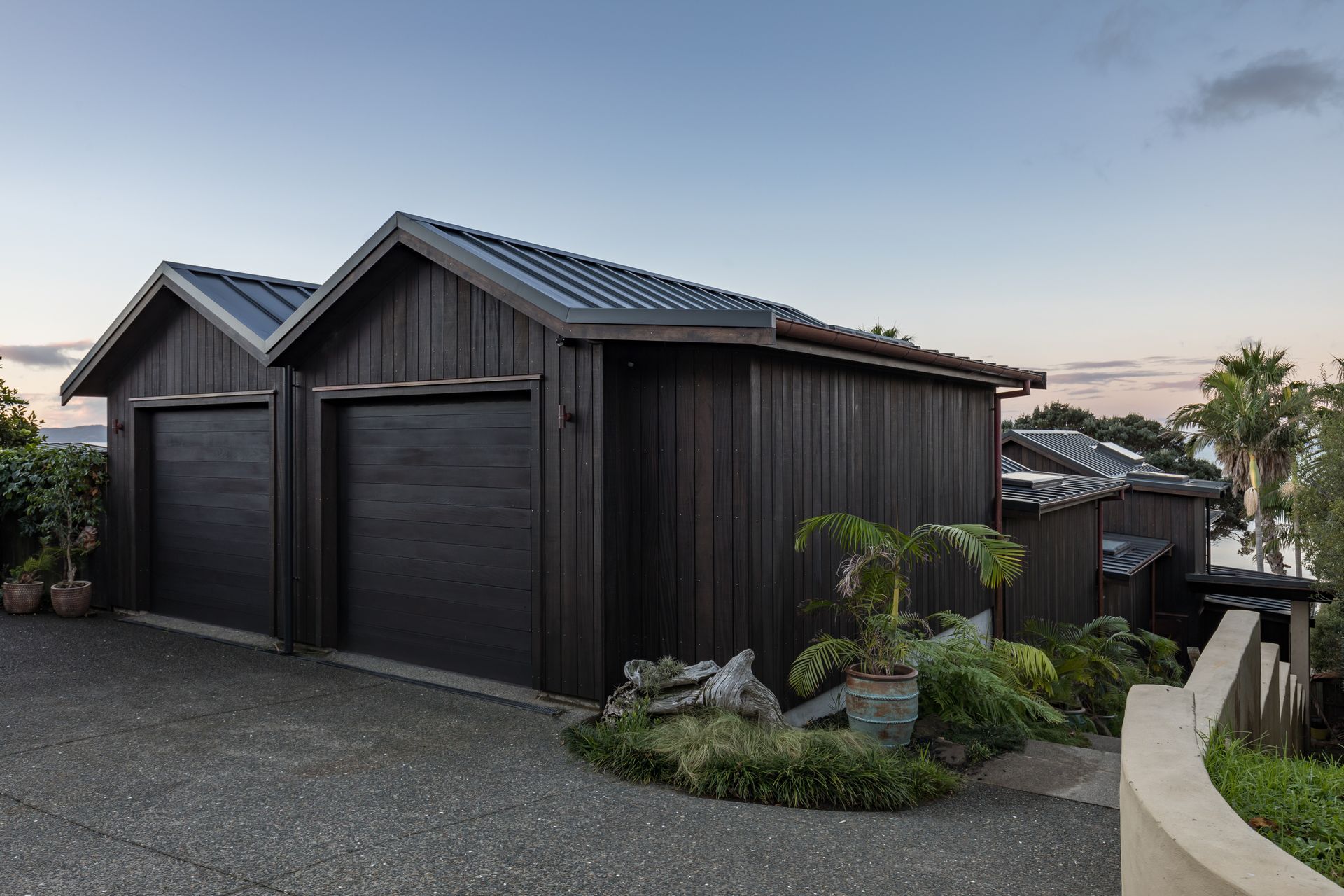
Timber specialists, Rosenfeld Kidson, are particularly passionate about thermally-modified timber, carrying the thermally-modified timber brand, Truwood — a clear grade, low-density hardwood produced from a timber called Ayous, which is sourced from well-managed forests.
“Some timbers are better suited to heat treatment than others. What’s great for us is that the thermal modification process works really well with Ayous, so it’s quite a simple process to achieve the durability and stability required,” says Ray Hutton, National Marketing and Specification Manager at Rosenfeld Kidson.
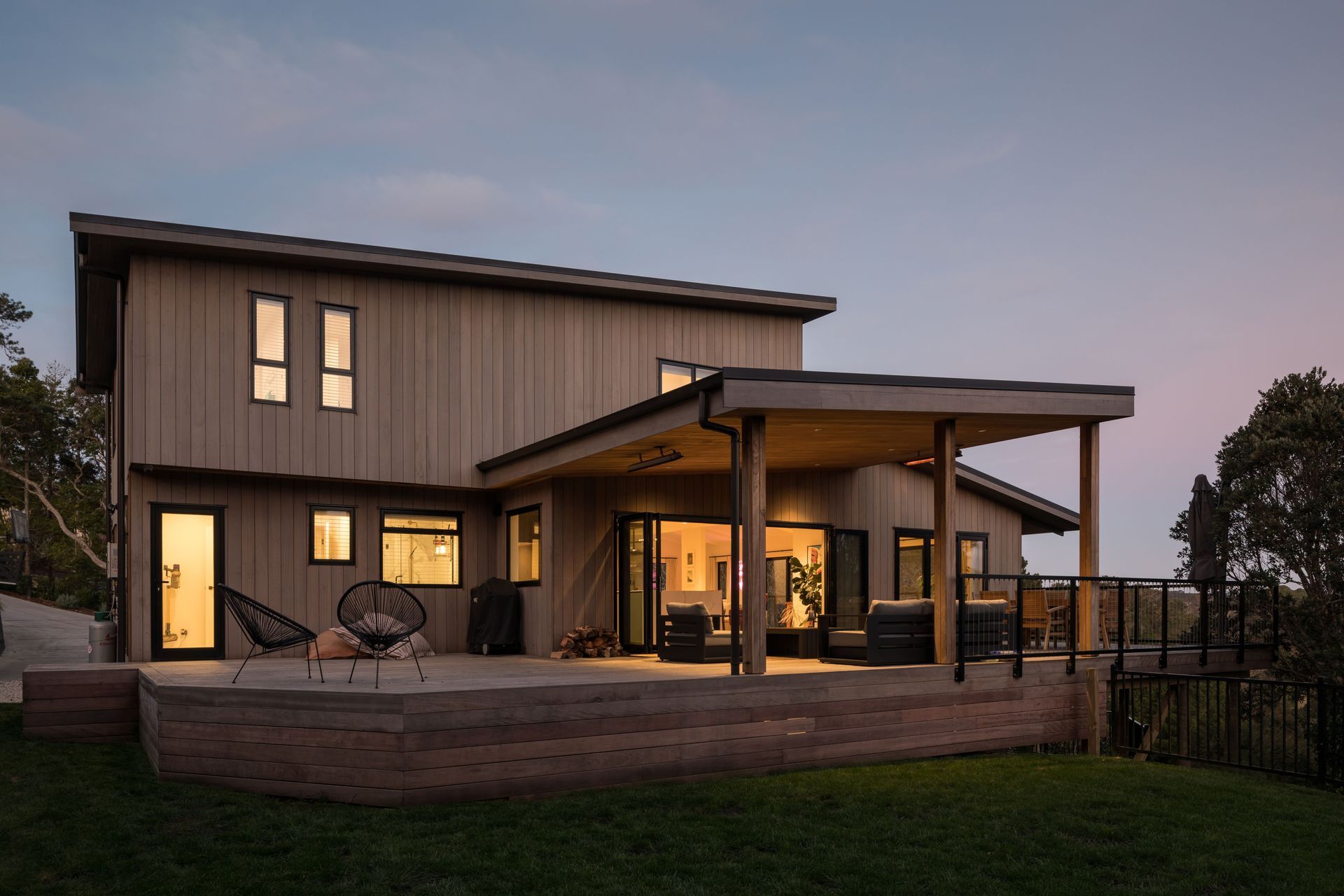
One of the main benefits of thermally-modified timber cladding is its stability. Due to the modification of the wood’s cell structure, the timber absorbs less moisture, reducing movement that leads to cupping, splitting, and checking around fixings. This means Truwood easily meets the prescribed requirements set out in the E2 External Moisture clause of the New Zealand Building Code, with weatherboard profiles designed in accordance with NZS3617, B2 Durability, and BRANZ Bulletin 411.
“Because the wood is less likely to expand and contract, and the natural sugars and starches have been removed from the wood during the modification process, it’s less susceptible to rot and UV damage,” Hutton explains.
The reduced movement of the wood also increases the performance of the coatings.
“With modified woods, the coating is really important. We factory coat all of our Truwood weatherboards with a specially formulated wood stain called Sansin Woodforce before they’re delivered to site, so you know it’s going to perform at its best.”
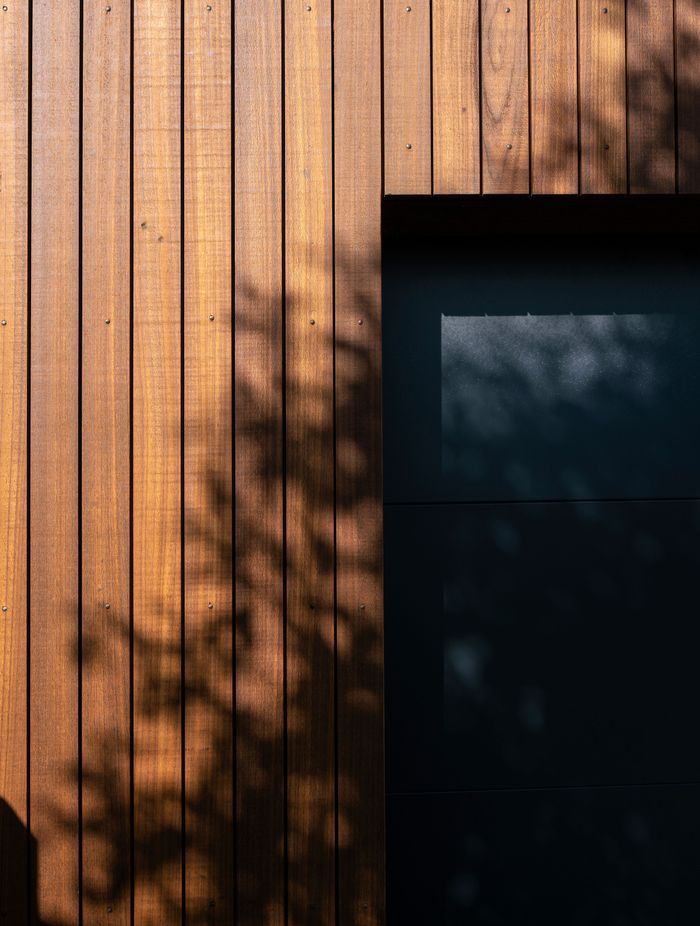

And, while Truwood itself is extremely durable, Hutton says the detailing you use is crucial.
“If you install any timber cladding incorrectly, with poor detailing around windows or exposed end-grain, you’re going to have weak points. So we offer a full suite of extruded aluminium profiles, all coated in Duratec and available in a range of different colours, to give you that enhanced durability. These are available both off-the-shelf, or custom, to fit what you’re looking for.”
With reliable durability and weathering performance in even the toughest conditions, Hutton says Truwood is ideal for homes across the country — from sea spray zones to high altitude alpine regions.
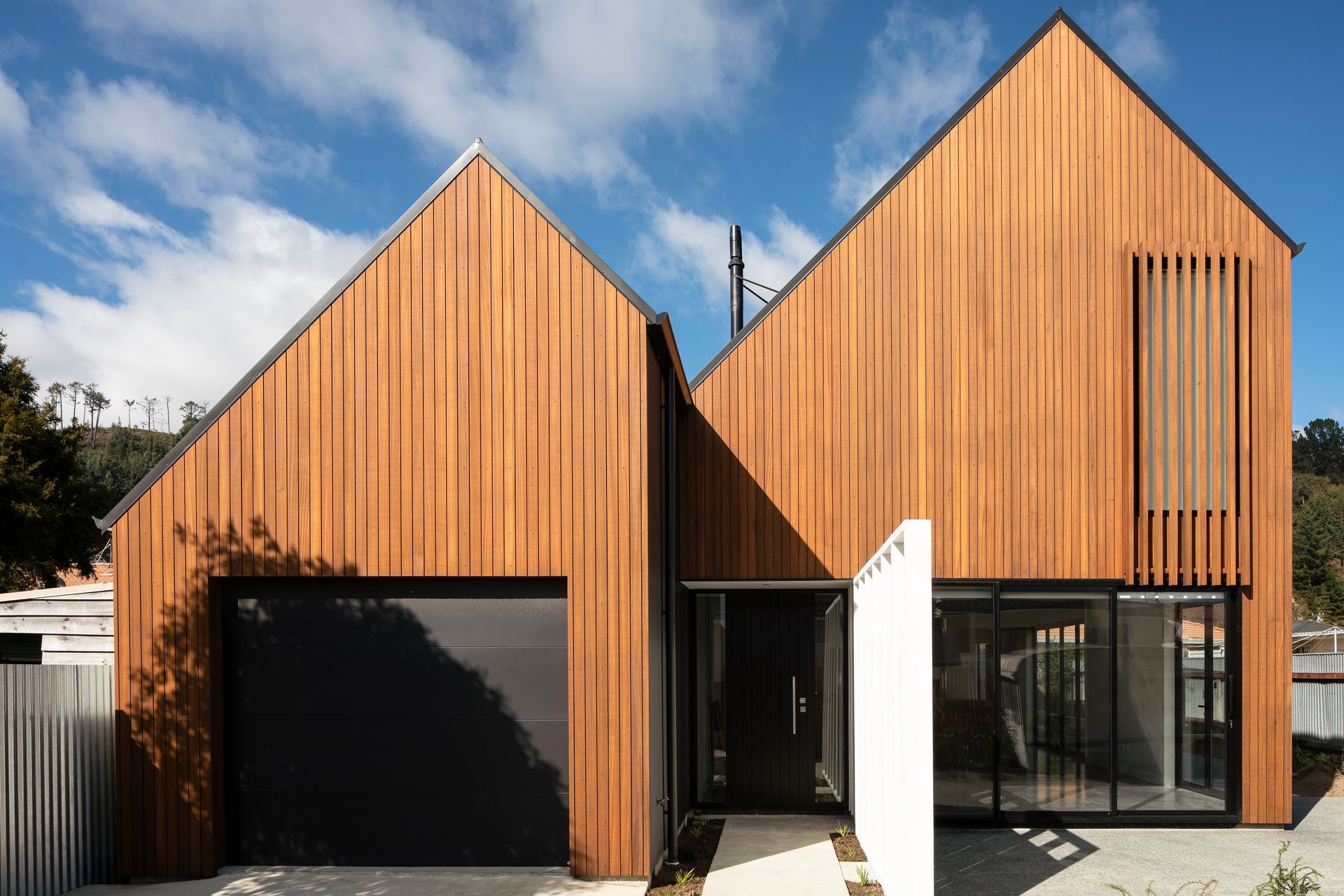
And for those who value aesthetics, Truwood is certainly a sight to behold. With its rich, golden-syrup hue, attractive ribbon grain, and elegant profiles, homes clad in Truwood are as beautiful as they are sound.
For architectural and multi-residential builds, Rosenfeld Kidson offers a cladding Quantity Surveying service, providing detailed plans that depict all lengths and components required to ensure accuracy. Rosenfeld Kidson’s expert sales managers — Dan McMahon in the North Island and Paul Taylor in the South Island — are on hand to support with everything from onsite technical services to closed circle interaction with our suppliers.
Learn more about Rosenfeld Kidson and Truwood.
